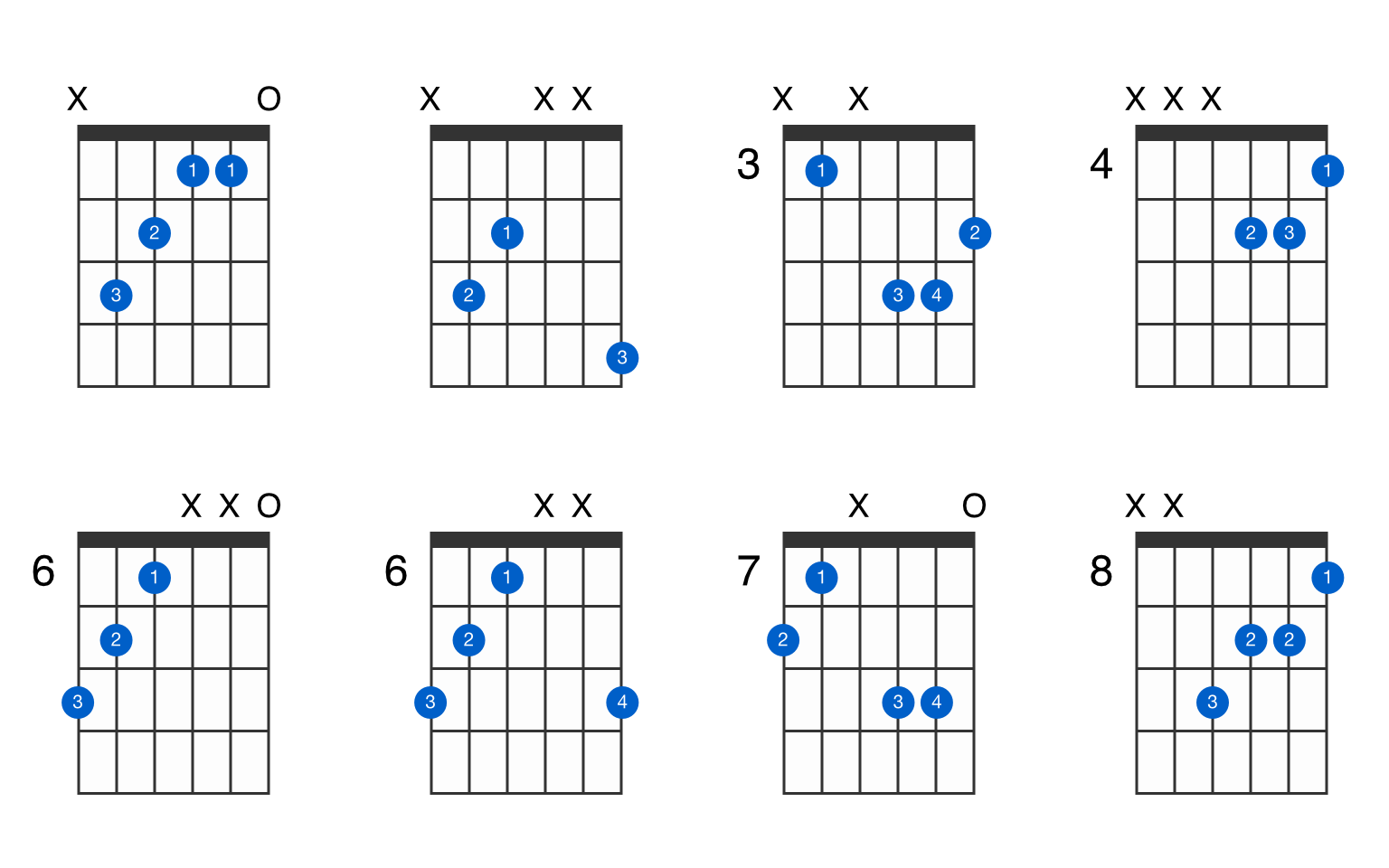

6.1 Rainbow colours assigned by Isaac Newton.6 Other possibilities to denote solfège."do" is always "C-natural") and 2) movable do, where the syllables are assigned to scale degrees, with "do" always the first degree of the major scale. There are two current ways of applying solfège: 1) fixed do, where the syllables are always tied to specific pitches (e.g. The tonic sol-fa method popularized the seven syllables commonly used in English-speaking countries: do (or doh in tonic sol-fa), re, mi, fa, so(l), la, and ti (or si) (see below). Through the Renaissance (and much later in some shapenote publications) various interlocking 4, 5 and 6-note systems were employed to cover the octave. Syllables are assigned to the notes of the scale and enable the musician to audiate, or mentally hear, the pitches of a piece of music being seen for the first time and then to sing them aloud. Solfège is a form of solmization, though the two terms are sometimes used interchangeably. In music, solfège ( / ˈ s ɒ l f ɛ ʒ/, French: ) or solfeggio ( / s ɒ l ˈ f ɛ dʒ i oʊ/ Italian: ), also called sol-fa, solfa, solfeo, among many names, is a music education method used to teach aural skills, pitch and sight-reading of Western music. The courtesy accidental signifies that the accidental does not apply after the tie.For similar terms, see Solfeggietto and Solfege (manga).

When a tie extends an accidental to a new bar where the note is repeated.The courtesy accidental signifies that the accidental does not apply in the following bar. When a note with an accidental is repeated in the following bar.Courtesy accidentals are written as normal accidentals, sometimes enclosed by brackets.Ĭourtesy accidentals are primarily used in two cases: Courtesy accidentalsĬourtesy accidentals are accidentals that are not strictly necessary, but are written to clarify the correct pitch, thus avoiding misunderstandings. For more information, read the text about keys. In the first example below, the three sharps are removed by three naturals, and in the second example the four flats are replaced by two sharps:Īccidentals in a key signature are always written in a specific pattern. The sharp in the second bar does not apply to the note at the top of the staff and is canceled by the natural for the last note:Ī key signature may be replaced with another key signature during a piece of music. In the example below, the sharp in the first bar is canceled by the flat for the following note. until a barline or a new accidental for the same note.to subsequent notes on the same line or in the same space.to the note immediately following the accidental.Notation of accidentalsĪccidentals are written in front of the notes.

If necessary, read more about this in the texts intervals, chords, scales and keys. In some cases a black key must be notated with a sharp and, in others, a flat. It is the musical context that determines the name of the note and its notation. For example, the key for the note G is also called F and A ♭ ♭, and the black key for the note G ♭ is also called E. Notes with double accidentals ( and ♭ ♭) are very rarely used and therefore not included on the two pianos above. The seven sharp notes are C ♯ (pronounced "C-sharp"), D ♯, E ♯, F ♯, G ♯, A ♯, and B ♯: Instead of the original note, you should play the note that is two half steps below (on the left of the piano).Ī natural cancels the effect of another accidental.Ī note with a sharp ( ♯) is played a half step above the original note. Instead of the original note, you should play the note that is two half steps above (on the right of the piano).Ī double-flat lowers a note by two half steps. Instead of the original note, you should play the note that is a half step below (on the left of the piano).Ī double-sharp raises a note by two half steps. Instead of the original note, you should play the note that is a half step above (on the right of the piano).Ī flat lowers a note by a half step.


 0 kommentar(er)
0 kommentar(er)
